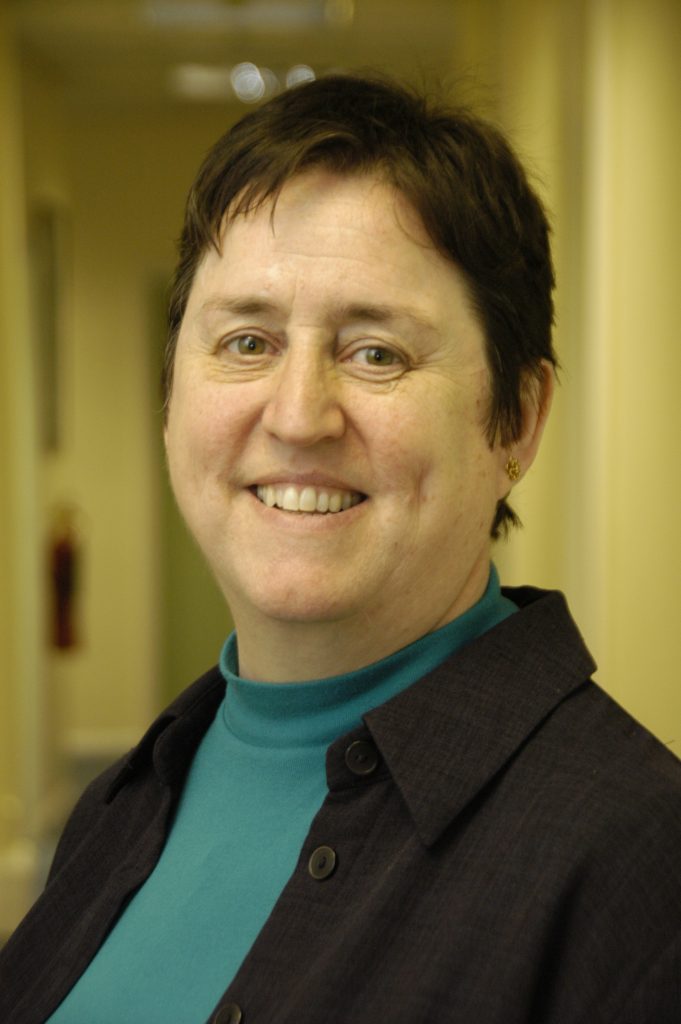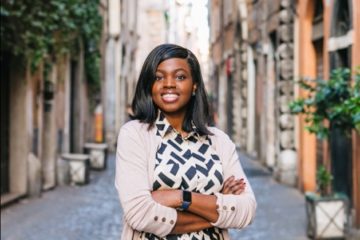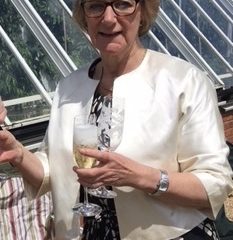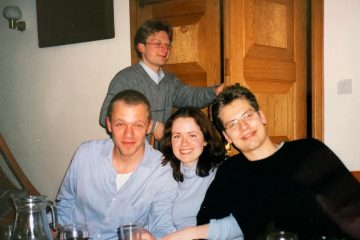St. Edmund’s was my third incarnation in Cambridge. I first came up as an undergraduate to read Modern Languages at Newnham in the late 70s. I had just finished a two-year novitiate in a convent and was dressed in seventeenth-century widow’s costume. For my friends, most of whom had never met a nun before, it took some getting used to.

After Newnham I was offered funding to do a PhD but instead went straight into ten years of happy school teaching, while also studying theology by distance learning. This came crashing about my ears when serious health problems arose. I had become very engaged in political theology, inspired by the liberation theologians of Latin America, so I eventually headed for Brazil, theological study and work in the favelas around Rio. There I met Ronnie Biggs, the Great Train Robber. By a circuitous route this launched my 26 years as a volunteer chaplain in Europe’s largest women’s prison, HMP Holloway. My prison career coincided with my appointment as one of the Catholic chaplains to the University of Cambridge at Fisher House. I had previously known Eddies as a small house of study, mostly for priests, but during this time I got to know the wider body of Eddies students, including the electrifying Sister Joan Chittister, a Benedictine nun from the USA, of whom I’d been a fan for years.
The question of a PhD had hovered for ages, but I was always too busy to think about it. Two further years of University chaplaincy at Heythrop College, University of London, changed my mind, or rather another Eddies student did. While at Fisher House I had been chaplain to Michael Barnes, a Jesuit priest doing a PhD at Eddies and even then a considerable scholar of oriental religions. As a colleague at Heythrop he persuaded me that it was now or never for a doctorate, that the church needed more women theologians and that Cambridge was the place to do it. By now I was heavily involved with an elected body of alumnae at Newnham and didn’t want to lose that by returning there as a student. I also felt the need to keep out of the hair of my successors in the Fisher House chaplaincy but wanted to support Catholic life in the University so Eddie’s was the obvious choice.
Despite a very varied and international life, I had had little opportunity to build close friendships with people of other faiths. Most of my friends were either Christians or atheists. A group of us studying theology or related subjects included two practising Jews, one of whom, Merav Rosenfeld-Hadad, was another Eddies student. If she was fascinated to meet her first nun, I was equally fascinated by her life story as a Jew born in Tel Aviv to a family originally from Baghdad, Iraq, which moved to Israel in 1949 and 1951. Her brilliant scholarship in the music of Islam and Judaism opened windows for me into both faiths from the perspective of an insider. So often in my work in Latin America and later in Eastern Europe I felt like a privileged visitor in a hitherto unknown world and here it was the same. It’s part of the richness of life at Eddies that I could make such good friends among people who approached life from such a different angle and find in them kindred spirits. My friendship with my wonderful neighbour in Richard Laws Building, Mohamed Sherif, gave me a similar insight into the world of Islam from a personal point of view. While at Eddies the July 7 bombings of 2005 took place, and I have vivid memories of talking this horrendous day through with Mohamed in the kitchen, witnessing his outrage and anguish at a heartless act of terrorism done in the name of his fellow believers. It was a very salutary perspective from which to see it all. I’ve been a freelance broadcaster on religious matters with the BBC for some 20 years, & this encounter with other faiths from a personal perspective has been immensely helpful.
Above all I treasure Eddies as a place of extraordinary warmth and welcome. The Christmas pantos, with Paul Luzio as a giant chicken or a cow with swinging udders, remains a precious memory, as does the kindness of Petá Dunstan, of Terry McLaughlin, Michael Robson, Bernadette O’Keeffe, Debbie Sabric, Annette and Bruce Elsmore and so many members of the chapel community. I also had the rare opportunity, as an older student, to make friends with people far younger than myself, who taught me to see life from yet other perspectives. I can’t claim to have 360 degree vision, but I certainly have a far wider horizon now than when I first arrived.
I returned to Heythrop as a lecturer in theology but never lost touch with Eddies and on Heythrop’s closure returned to Cambridge to teach at the Margaret Beaufort Institute. It felt like a homecoming to re-connect with the college, with Merav Rosenfeld, now at the Woolf Institute, and with the chapel. Eddies was the perfect place from which to begin a mid-life PhD but also from which to begin to see life from the huge horizon provided by friends from such different countries and life perspectives. In that respect, as well as its historic origins, it is a truly catholic college.


